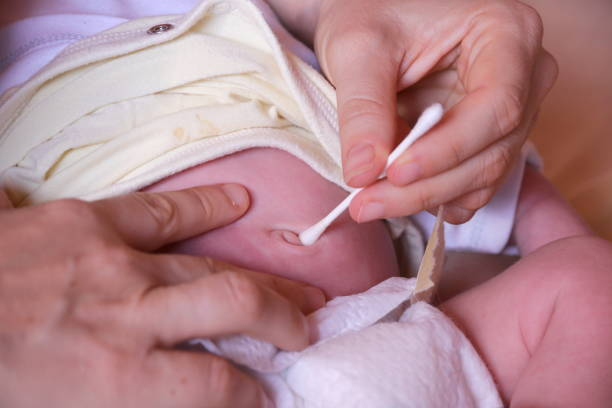Why do I have a belly button?

Your belly button serves as a reminder of the location where the umbilical cord once joined you to your mother. When you are born, the umbilical chord is severed, leaving a little remnant known as the umbilical stump. This stump comes off one to two weeks after delivery, leaving only your belly button. As a result, your belly button looks like a scar. It all depends on how your skin heals and whether it's an innie or an outie.
The appearance of your belly button is primarily due to chance. It has nothing to do with the size or weight of your stomach. Overweight people might have relatively small belly buttons, whereas underweight people can have bigger belly buttons. Obese people, on the other hand, are more likely to have a funnel-shaped belly button, which may seem as a deep belly button like an open mouth.
Another interesting fact: some people do not have belly buttons. This is generally due to a problem affecting the umbilical cord during birth. Bladder exstrophy, gastroschisis, omphalocele, and cloacal exstrophy are a few examples. The intestines in most of these diseases develop or extend beyond the abdominal wall, preventing the umbilical cord from falling off and causing the usual scarring that results in a belly button.










